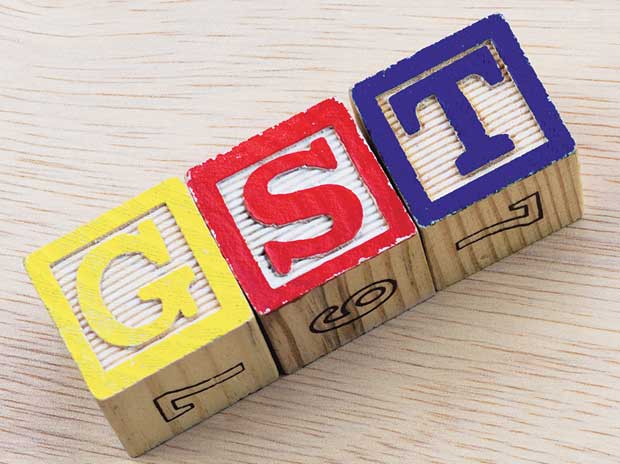
Bay City foundry comforts reduce football concussions
July 13, 2016
Blue Diamond Steel penalized for various safety and health hazards
August 10, 2016GST bill has passed in August 2016 , and everyone is curious to know if they are going to benefit from it or not. So, today we are discussing the impacts of GST bill on Indian business economy. Indirect taxes in India have driven businesses to reorganize and model their supply chain & systems owing to multiplicity of taxes and costs involved. The way India does business will change forever, with hopes that the Goods and Services Tax (GST) will see the light of the day. Overall direct and indirect tax collection in India now stands at Rs 14.6 lakh crore, of which around 34% covers indirect taxes, with Rs 2.8 lakh crore emerging from excise & Rs 2.1 lakh crore via service tax. With the implementation of the GST, the entire indirect tax system in India (service tax, excise, state-level VAT) is likely to grow. The tax revenue mix can alter as per the economic condition of the country. Indirect taxes comprise a higher portion of total taxes in developing countries, where as their contribution is significantly lower in developed countries. For instance, indirect tax just adds 13% of the total tax collection in Australia. After GST, the proportion of indirect tax is likely to grow in India.
Not covered under the GST purview
- Entertainment and amusement tax levied and collected by panchayat /municipality/district council
- Petroleum products
- Stamp duty, customs duty
- Tax on consumption and sale of electricity
- Tax on alcohol/liquor consumption
GST goals:
- Minimising cascading effect of taxation
- Ensuring availability of input credit across the value chain
- Harmonisation of tax base, laws, and administration procedures across the country
- Simplification of tax administration and compliance
- Prevention of unhealthy competition among states
- Increasing the tax base and raising compliance
- Minimising tax rate slabs to avoid classification issues
Implementation challenges:-
- Lack of trained staff
- Lack of adaptation
- Lack of clear mechanism to control tax evasion
- Hard to estimate the exact impact of GST
- Double registration can increase compliances and cost


